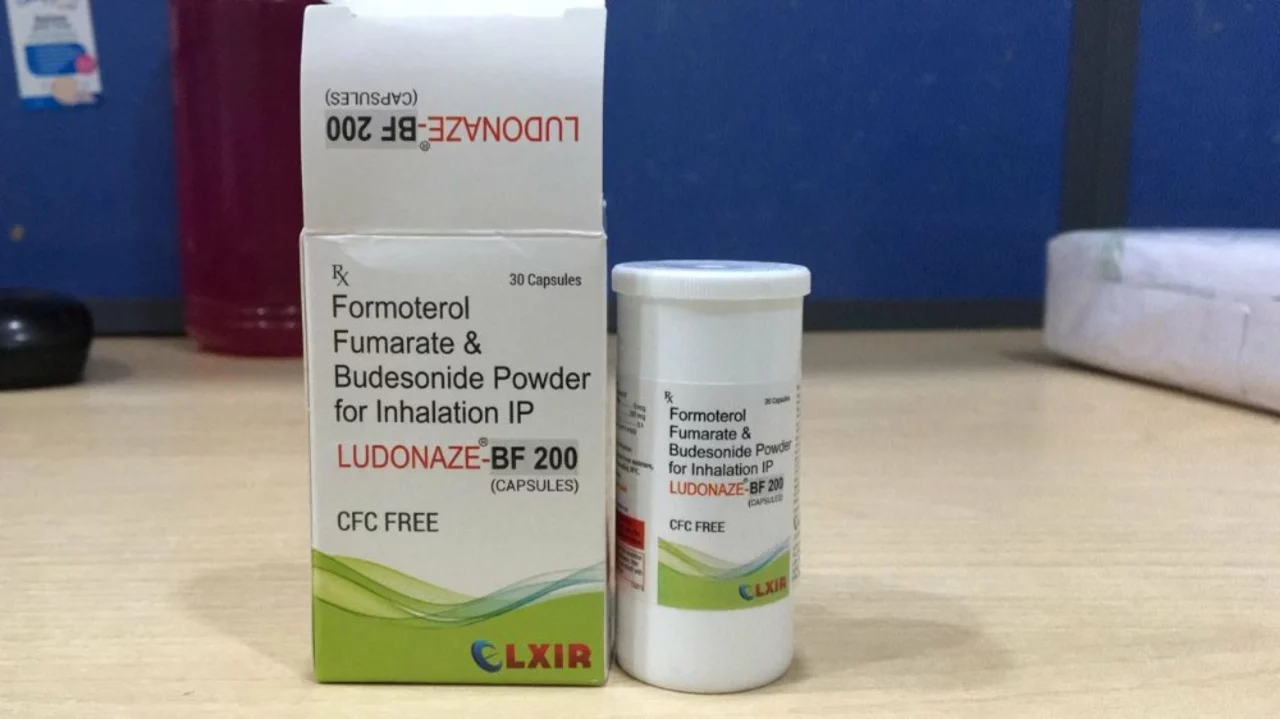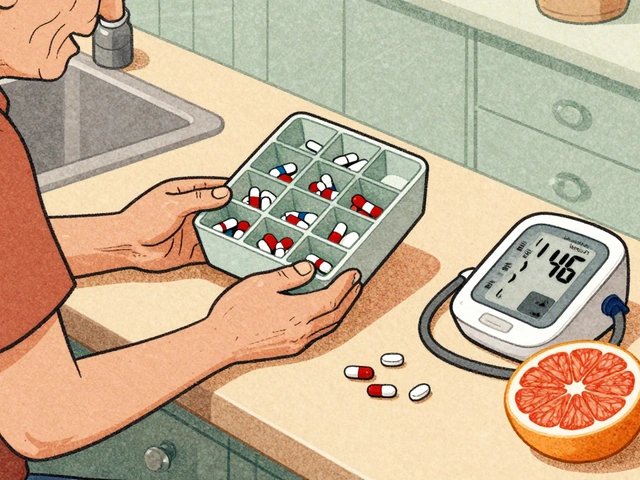Budesonide Formoterol: What It Is and How to Use It
If you’ve heard of budesonide formoterol, you probably know it’s a go-to combo inhaler for asthma and COPD. It packs a steroid (budesonide) to reduce inflammation and a fast-working bronchodilator (formoterol) to open airways. That mix helps control daily symptoms and can act quickly when breathing tightens.
How it’s commonly used
Some doctors prescribe budesonide formoterol as a regular maintenance inhaler. Others use it in a “maintenance and reliever” plan (sometimes called MART), where the same inhaler treats both daily control and flare-ups. Strengths vary by product and region, so check your label or ask your pharmacist. Follow your doctor’s written plan—don’t change doses on your own.
Using it correctly matters. If the inhaler is a pressurized MDI, shake, exhale, press and inhale slowly, then hold your breath 5–10 seconds. If it’s a dry powder device, breathe out, seal your lips around the mouthpiece, inhale fast and deep, and hold your breath. A spacer helps with MDIs, especially for kids or if you struggle with coordination.
Practical safety tips
Always rinse your mouth with water and spit after inhaling the steroid to reduce the risk of oral thrush. Store the inhaler at room temperature, away from direct heat and the sun. Keep an eye on dose counters or how many puffs you’ve used—running out unexpectedly is a common mistake. If you have worsening symptoms despite using the inhaler, contact your healthcare provider right away.
Watch for interactions: non-selective beta-blockers (used for some heart problems) can blunt formoterol’s effect. Certain diuretics and other meds can affect potassium levels, so tell your doctor about all medicines you take. If you’re pregnant or breastfeeding, discuss risks and benefits with your clinician before stopping or starting therapy.
Side effects tend to be mild: throat irritation, hoarseness, shaky hands, and a faster heart rate are fairly common. If you notice severe chest pain, fainting, extreme dizziness, or signs of an allergic reaction (rash, swelling, difficulty breathing), seek emergency care.
Don’t stop suddenly if you’ve been using it regularly—stopping a steroid component abruptly can cause problems. Your doctor will guide any changes and may taper or switch medicines if needed.
Finally, keep a written action plan for asthma or COPD. That plan should say how to use your budesonide formoterol in daily care, how to handle flare-ups, and when to call for help. Simple prep like carrying your inhaler, checking the dose counter, and knowing your red-flag symptoms makes a big difference in staying safe and breathing easier.










